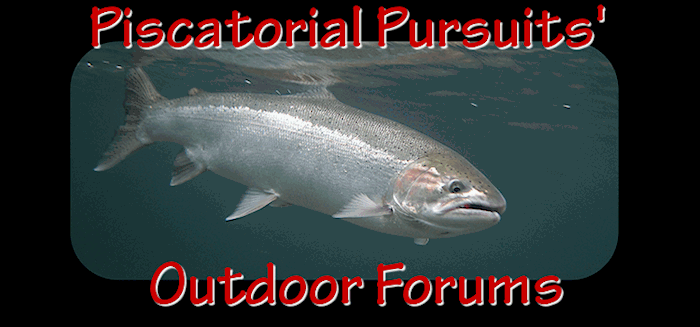Good question, and I doubt its been looked at. My gut feeling is that sufficient ecological partitioning occurs between blackmouth and outmigrating smolts. It is surprising how much the outmigrating smolts are beach huggers, particularly chinook, chum, and pinks. Many migrate in the intertidal zone at high tide. As the smolts move away from shore, they tend to spread out, making themselves less of an aggregative target.
I've caught the occasional blackmouth from the beach, but generally they like deeper waters, so would not likely come into substantial contact with the juveniles. Adult sea-run cutthroat and char are a different story. These guys are shallow water dwellers and are documented smolt feeders. Adult coho are also beach huggers, but their migration back into the sound does not correspond to juvenile outmigration from streams. I do, however, recall opening up a beach caught coho on Whidbey and finding a smolt.
I don't know how many blackmouth are released into the sound each year, but its logical to think that they shouldn't be released to the same degree as the ocean dwellers. Any long-timers out there have any thoughts as to how blackmouth fishing is now compared to 20-30 years ago?













 Previous Topic
Previous Topic Index
Index


